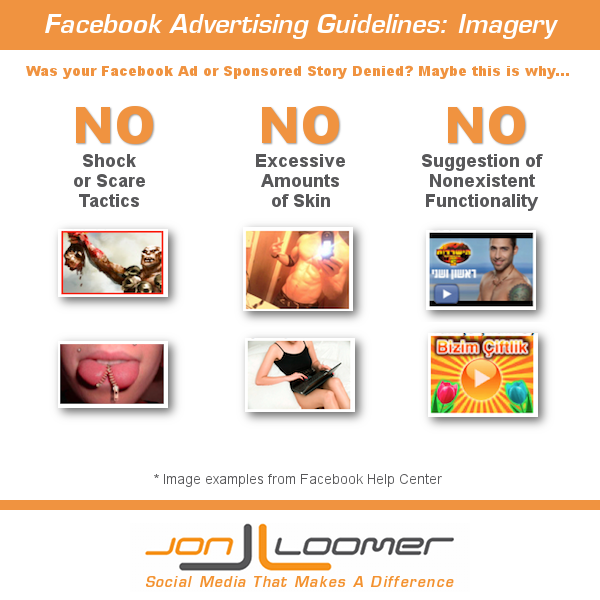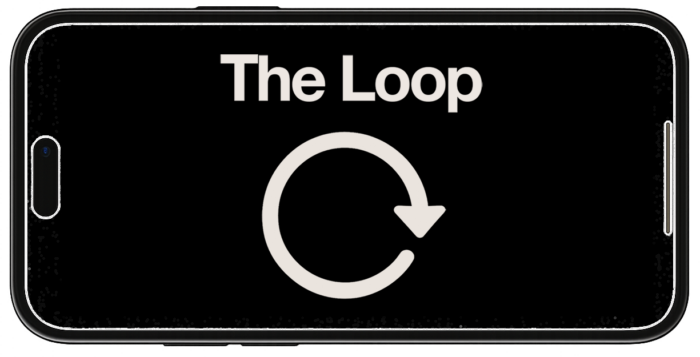Any screenshots and details of functionality may no longer be relevant. Below are some related posts that are more current:
- Meta Ads Audit: Campaign Level (Feb 3, 2025)
- Health and Wellness Restrictions Coming in 2025 (Dec 10, 2024)
- Restrictions on Customer List Custom Audiences (Dec 9, 2024)

Why was my Facebook ad denied?
Last week, I wrote about a new rule within the Facebook Advertising Guidelines that prohibits the use of images that include a reference to purchase or pricing information in Sponsored Stories. In particular, this impacts anyone promoting a post that uses an image to highlight a discount.
That was news to many people, so I decided I’d write a series of posts that cover different sections of the Facebook Advertising Guidelines.
Today, I am going to finish what I started and explain in more detail what you cannot do in Facebook ad imagery. This comes from a nice overview within the Help Center.
Ad and Sponsored Stories images cannot…
- Exploit political, sexual, or other sensitive issues.
- Use shock or scare tactics.
- Be overly sexual, imply nudity, show excessive amounts of skin or cleavage, or focus unnecessarily on body parts.
- Portray nonexistent functionality, like play buttons that suggest video capability and close buttons that do not close.
- Contain QR codes.
- Use Facebook brand images (logos, icons and alert notification graphics).
- Be inappropriate when targeted to those under 18.
If your use of imagery is deceptive or aims to inspire a strong emotion, you can expect that approval won’t be easy.
Text on Image Guidelines
As discussed last week, Facebook also has an issue with images in Sponsored Stories that contain the following text:
- Price or purchase information, such as “40% off” or “Download it on socialmusic.com”.
- Contact information such as a website address, email, mailing address, or information that should go in a Page’s “About” section.
- References to Facebook features or actions, such as “Like” or “Share” or an arrow pointing from the cover photo to any of these features.
- Calls to action, such as “Get it now” or “Tell your friends.”
In other words, you should really avoid text in an image if you plan to use it in a Sponsored Story.
It’s important to point out here that this second group of rules only applies to Sponsored Stories. It does not apply to your standard ads that can only go into the sidebar. In that case, it appears any of these tactics are allowable.
Facebook Doesn’t Let Us Do ANYTHING!
That seemed to be the response to the no discount rule. If you read these guidelines with a cool head, however, they all make sense.
Don’t be deceptive. Don’t use logos that aren’t yours. Don’t try to scare and freak people out. Don’t use inappropriate imagery. Don’t make your Sponsored Story look like a banner ad.
The last one is what people have the biggest trouble with. But let me refer you to this quote from Facebook:
Photos that appear authentic and closely resemble those posted by individuals trigger much deeper emotional responses than ads that appear photoshopped or contain large amounts of text.
They are absolutely right. Sometimes, Facebook needs to protect us from ourselves.
What do you think? Are these guidelines reasonable?







